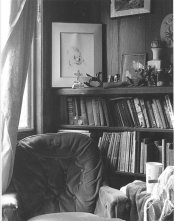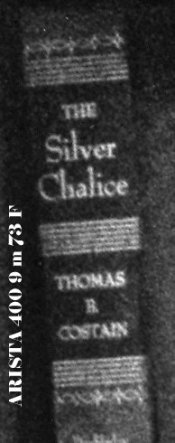sanking
Member
sanking submitted a new resource:
(there was a url link here which no longer exists) - Pyrocat: Versions and Mixing Directions
(there was a url link here which no longer exists)
(there was a url link here which no longer exists) - Pyrocat: Versions and Mixing Directions
Pyrocat – Versions and Mixing Directions
I am attaching mixing directions for various versions of Pyrocat, including –HD, -M, -P, -MC and -PC. I am indebted to Pat Gainer for his advice and recommendations for mixing the glycol based versions of Pyrocat, including Pyrocat-HD, -MC, and -PC.
Pyrocat-HD is the original Pyrocat formula and is still the most popular judging by sales and questions I get about it. The other formulas, which include Pyrocat-M and Pyrocat-MC, and Pyrocat-P and...
(there was a url link here which no longer exists)
Last edited by a moderator:









